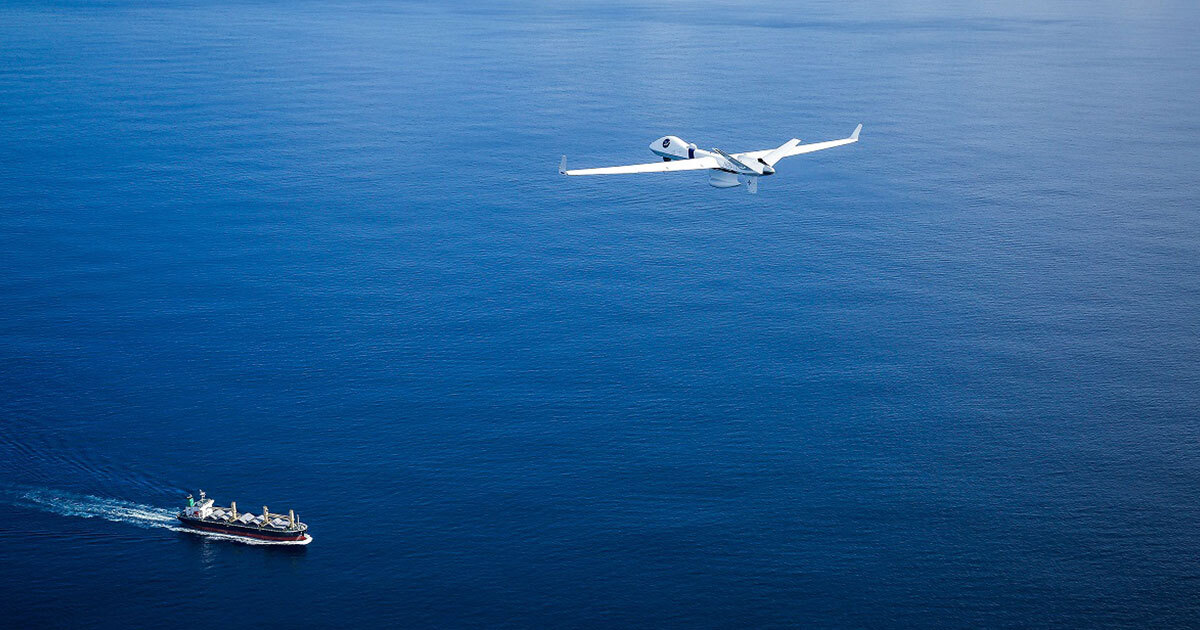Asia's
Only Integrated Showcase for Mobility Innovation Across Air, Land and Sea >
MobilityNews >
Japan selects MQ-9B for coast guard surveillance missions
Japan selects MQ-9B for coast guard surveillance missions
Japan selects MQ-9B for coast guard surveillance missions
INDUSTRY SPOTLIGHT | 12 APRIL 2022

JCG SeaGuardian | The Japan Coast Guard has selected the MQ-9B SeaGuardian to help monitor
waters around Japan. (GA-ASI)
Some of the disappointment that General Atomics Aeronautical Systems (GA-ASI) experienced, when it lost an Australian order for MQ-9B SkyGuardian MALE UAVs, would have been alleviated by a new deal from the Japan Coat Guard (JCG).
On 6 April, GA-ASI announced that its MQ-9B SeaGuardian had been selected to help Japan’s coast guard conduct wide-area maritime surveillance.
Operations with the SeaGuardian will begin this October, including search and rescue, disaster response and maritime law enforcement missions.
From 15 October till 10 November 2020, General Atomics had demonstrated the SeaGuardian to the JCG in country from Hachinohe in Aomori Prefecture. It had done so in 2018 as well, with the JCG exploring the use of unmanned systems in response to the government’s 2016 decision to adopt a new maritime security policy.
Linden Blue, CEO of GA-ASI, commented: ‘We’re proud to support the JCG’s maritime surveillance mission with our SeaGuardian UAS. The system’s ability to provide affordable, extremely long-endurance airborne surveillance with long-range sensors in the maritime domain is unprecedented.’
The aircraft’s sensor suite includes a multi-mode maritime surface search radar with inverse synthetic aperture radar imaging mode, an automatic identification system receiver and high-definition full-motion video sensor equipped with optical and infrared cameras.
It is unclear what specific sensors the JCG will use on its UAVs, but 2020’s GA-ASI demonstration flights included Raytheon’s SeaVue radar and AN/DAS-4 multi-spectral targeting system.
According to GA-ASI’s press release, it is unclear how many SeaGuardians the JCG will be operating, or indeed whether the aircraft are being purchased or leased.
However, given the extent of the waters surrounding Japan – it has the world’s sixth largest exclusive economic zone – it would need a reasonably sized fleet of UAVs to ensure adequate monitoring of threats such as Chinese fishing, coast guard and military vessels.
Japan’s military has been somewhat of a latecomer to UAVs, with the Japan Air Self-Defense Force recently receiving the first of its three RQ-4B Block 30(I) Global Hawks on 12 March.
Nor have UAVs been heavily inducted into the Japan Ground Self-Defense Force, and certainly not armed ones.
By: Gordon Arthur / Christchurch
Article | Shephard Media
